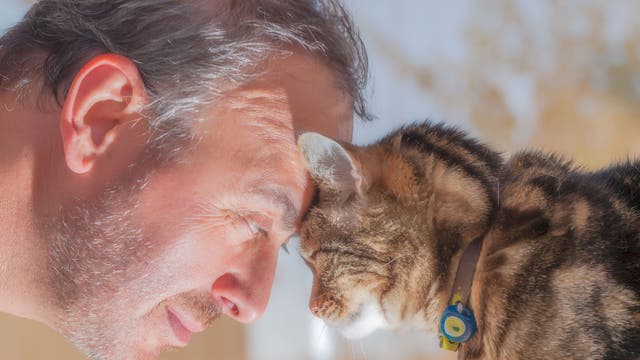Neuropsychologische Veränderungen stehen im Verdacht, die Neigung zu Aggressivität zu fördern. Sie sind jedoch nur ein Faktor von vielen.
Lück, M. et al. (Hg.): Psychobiologische Grundlagen aggressiven und gewalttätigen Verhaltens. Hanse Studien, Band 5. Hanse Wissenschaftskolleg Delmenhorst. Bis-Verlag, Oldenburg 2005.
Moffitt, T. E. et al.: Males on the Life-Course-Persistent and Adolescence-Limited Antisocial Pathways: Follow-up at Age 26 Years. In: Development and Psychopathology 14(1), S. 179-207, 2002.
Raine, A. et al.:Hippocampal Structural Asymmetry in Unsuccessful Psychopaths. In: Biological Psychiatry 55(2), S. 185-191, 2004.
Raine, A. et al.: Reduced Prefrontal and Increased Subcortical Brain Functioning Assessed Using Positron Emission Tomography in Predatory and Affective Murderers. In: Behavioral Sciences & the Law 16(3), S. 319-332, 1998.
Yang, Y. et al.:Volume Reduction in Prefrontal Gray Matter in Unsuccessful Criminal Psychopaths. In: Biological Psychiatry 57(10), S. 1103-1108, 2005.
Moffitt, T. E. et al.: Males on the Life-Course-Persistent and Adolescence-Limited Antisocial Pathways: Follow-up at Age 26 Years. In: Development and Psychopathology 14(1), S. 179-207, 2002.
Raine, A. et al.:Hippocampal Structural Asymmetry in Unsuccessful Psychopaths. In: Biological Psychiatry 55(2), S. 185-191, 2004.
Raine, A. et al.: Reduced Prefrontal and Increased Subcortical Brain Functioning Assessed Using Positron Emission Tomography in Predatory and Affective Murderers. In: Behavioral Sciences & the Law 16(3), S. 319-332, 1998.
Yang, Y. et al.:Volume Reduction in Prefrontal Gray Matter in Unsuccessful Criminal Psychopaths. In: Biological Psychiatry 57(10), S. 1103-1108, 2005.







Schreiben Sie uns!
Beitrag schreiben